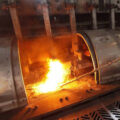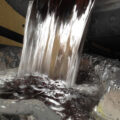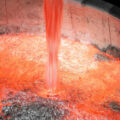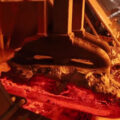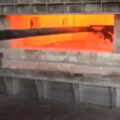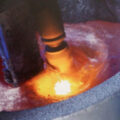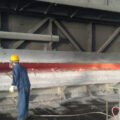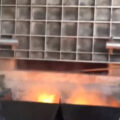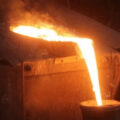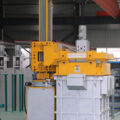Liquid aluminum refining system is a degassing and purification treatment equipment which cleans metal by removing physical hydrogen gas and inclusions. The systems utilizing rotating gas sparging device have been available for optimal molten aluminum refining in the industry.
Aluminium Degassing Machine refined the volume of nitrogen bubbles by improving the rotating nozzle in the process of purifying nitrogen purification, and increased the contact area between nitrogen and aluminum, thereby improving the effect of degassing and slag removal, and achieving the purpose of aluminum purification.
AdTech Liquid Aluminum Refining System is installed between the furnace and the casting machine to remove hydrogen and other residues from the molten aluminum and its alloys that affect its quality and mechanical properties. It has dual functions: handling and heating. Mainly used for melt purification of high-precision aluminum products.
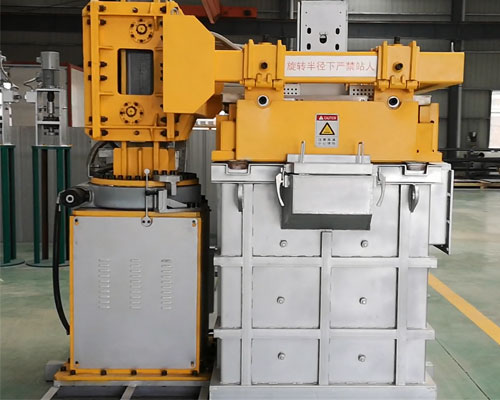
The online degassing equipment mainly processes molten aluminum containing a certain amount of hydrogen and other residues (alkali metal, slag inclusion), and is removed after being treated by a degassing device.
The principle of on-line degassing equipment is the principle of gas flotation. The process gas (inert gas or a mixture of inert gas and chlorine gas) is injected into the melt through the rotor and broken by the rotor into uniformly dispersed microbubbles, and the microbubbles rise to the melt. Surface, the tiny bubbles rise during the process of completing the following work:
- Hydrogen is adsorbed into the bubble and excluded;
- Alkali metal is eliminated by chemical interaction with chlorine (formation of chloride);
- The inclusions are trapped by the bubbles and then rise to the surface of the melt to form dross.
Nitrogen is extraordinarily unreactive and I don’t see it doing anything with mere aluminum and hydrogen at this temperature and pressure. (It could combine with magnesium content, but aluminum alloys are generally unreactive, even with magnesium. As others have noticed, bulk magnesium mistakenly added can bring the pot to burning, in oxygen, CO2 or nitrogen, especially when hot, where magnesium’s vapor pressure is high, much like zinc in molten bronze.) Commercial synthesis of ammonia (NH3, the direct result of combining hydrogen and nitrogen) involves a catalyst (platinum, iron, etc.), similar temperatures and extreme pressures (~300 atm, or >4500 PSI) in order to force the nitrogen and hydrogen together. Even so, yield is low and the outgoing gas has to be processed (ammonia is condensed and the hydrogen and nitrogen cycle back for another go).

